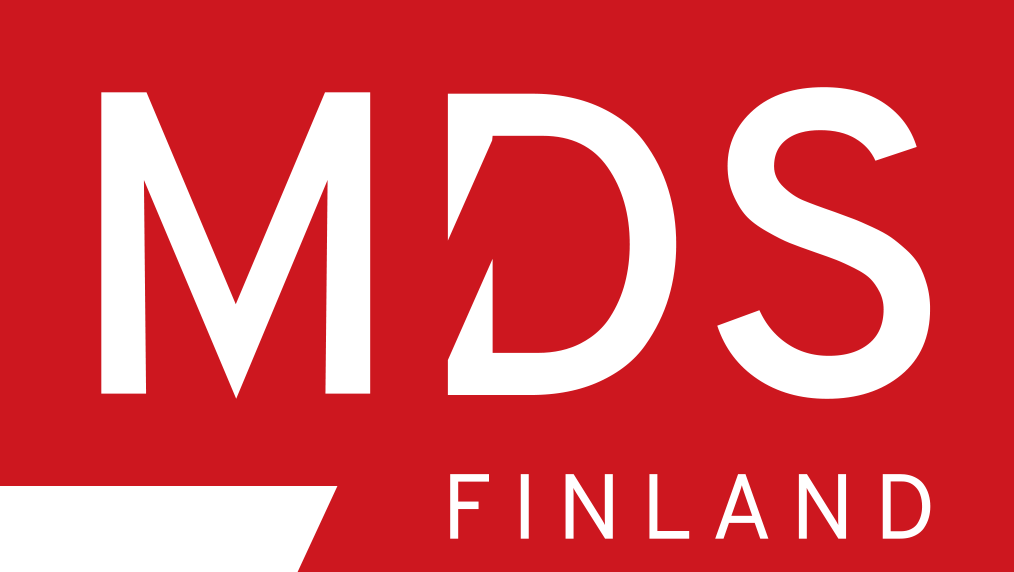For many medical device companies, the United States is not only one of the largest healthcare markets in the world—it’s also a gateway to global opportunities. FDA clearance or approval is widely recognized as a gold standard in medical device regulation, and achieving it can unlock faster access to other regions. But manufacturers must also weigh whether FDA or EU-MDR approval should come first.
Why FDA Approval Matters Globally
Securing FDA approval is more than just a ticket to the U.S. market. Many countries, including Canada, Australia, and Japan, recognize or streamline their processes for devices already approved by the FDA. This can significantly reduce time-to-market, simplify regulatory pathways, and cut costs when expanding internationally.
FDA approval also signals credibility. It shows that your device meets some of the strictest safety and performance requirements, strengthening your position with partners, investors, and regulators across multiple markets.
Building a Global Regulatory Strategy
FDA approval can be a strategic move for companies that want to expand beyond Europe quickly. Through programs like the Medical Device Single Audit Program (MDSAP), manufacturers can leverage a single audit to meet requirements across multiple regions, including the U.S., Canada, Brazil, Australia, and Japan.
This efficiency makes FDA approval not just a regulatory milestone, but a tool for scaling globally. However, it requires planning ahead: aligning your Quality Management System (QMS) to meet international standards and ensuring documentation supports multiple submissions.
FDA First or EU-MDR First? Key Considerations
Choosing which approval to pursue first depends on your product, resources, and target markets.
-
Time-to-Market: FDA’s 510(k) or De Novo pathways can be faster for many devices, offering a quicker entry point compared to the often lengthy MDR conformity assessment.
-
Cost: For moderate-risk devices, FDA submissions may require less extensive clinical evidence and fewer external reviews than EU-MDR, lowering upfront costs.
-
Market Focus: If Europe is your primary market, MDR approval may still be the logical first step. But if your strategy includes North America or countries that lean on FDA approvals, starting with FDA could accelerate growth.
-
Long-Term Alignment: Dual approval can offer the strongest position but requires careful planning to avoid duplicated work and to ensure QMS and technical documentation satisfy both regulators.
Strategic Takeaway
FDA approval is not just about U.S. market entry—it’s a lever for global growth. For many companies, it makes sense to prioritize FDA if speed and international expansion are top priorities, while MDR can provide a more robust foundation for long-term compliance. The right choice depends on your business goals, product profile, and resource allocation.
Let’s map out your regulatory strategy together
At MDS, we guide medical device companies through every step of this process — from mapping regulatory pathways to preparing submissions and ensuring compliance across multiple regions. With the right partner, FDA approval can become a springboard not just into the U.S., but into the global market. Should you wish to know more about how our services can support your market entry, you can contact us at sales@mdsfinland.com or schedule a consultation via Book a Meeting.
